All roads lead to Rome with the Fuji XT1
As you might have read in my earlier posts, the Fuji XT1 is my favourite camera for travel. I recently purchased their new tele-zoom XF 40-150mm f/2.8 and using a lens like this can give you a new perspective on one of the most photographed cities in the world.
When visiting this ancient city, one can’t help being impressed with the magnificent structures, many of them constructed over 2000 years ago. And they are still standing! The Colosseum, originally called Flavian Amphitheater after Emperor Flavius, is one of the most spectacular sites in Rome. It is just plain massive.
Another thing that caught my photographers’ eye is the beautiful light in this city. Especially in the winter sun casting long shadows, it just seems like a magical place. It doesn’t surprise me that it became the (or a) cradle of western society. I had a similar feeling when visiting Angkor Wat in Cambodia, some places in this world seem to have a magnetic pull.
As a photographer, you always want to try to have your angle on photography. A large part of that is post processing, and I went for substantial contrast in these images, and also some vintage film emulation. While everyone is obsessed with getting noise-free images at high ISO, I was shooting at low ISO’s with the Fuji XT1 and adding noise afterwards in post processing.
I love the quality of Fujinon lenses (no Fuji isn’t paying me to write this, it’s just something I concluded after trying so much equipment in the last years). The XF 50-140 is another gem, and it performed admirably on my Fuji XT1. Their image stabilisation does offer 4 to 5 stops of advantage. I read that the technology comes from their optical stabilisation of military grade equipment like binoculars and is now used in their lens range.
I’m mainly using DXO film pack 5fiveanalogue film emulations here. I like the ease-of-use, straight out of Lightroom, and also the fact that you can now add micro-contrast in lows, mids and highs separately. It’s an excellent tool to add sharpness and detail to specific regions of your image without affecting Bokeh.
The Vatican is also an intriguing place, it’s a strange twist that the epicentre of Christianity was constructed in an area where Christians used to be executed in mass numbers by the Romans.
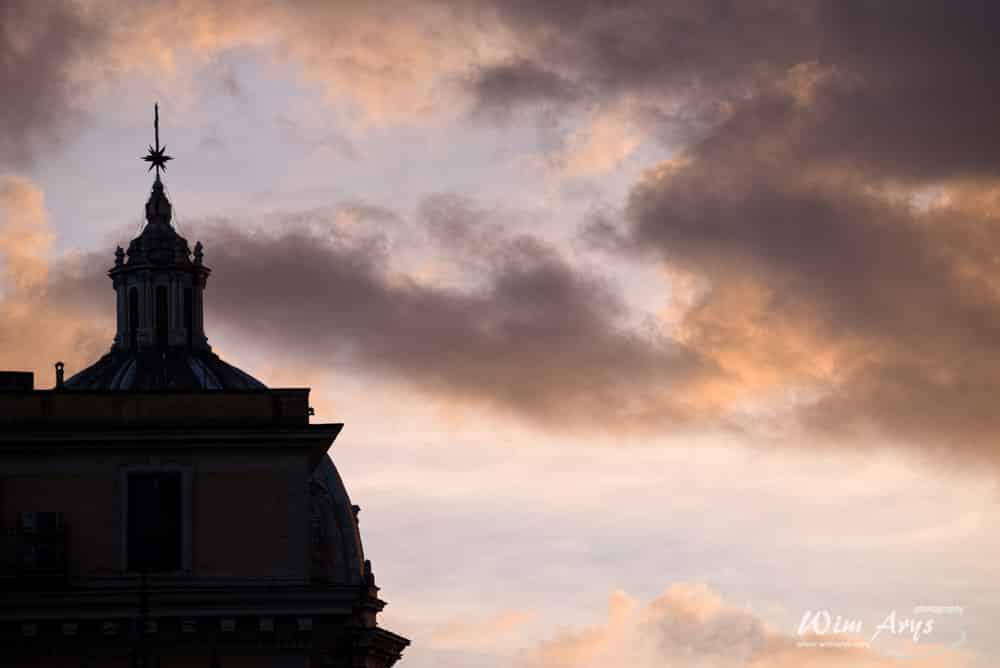
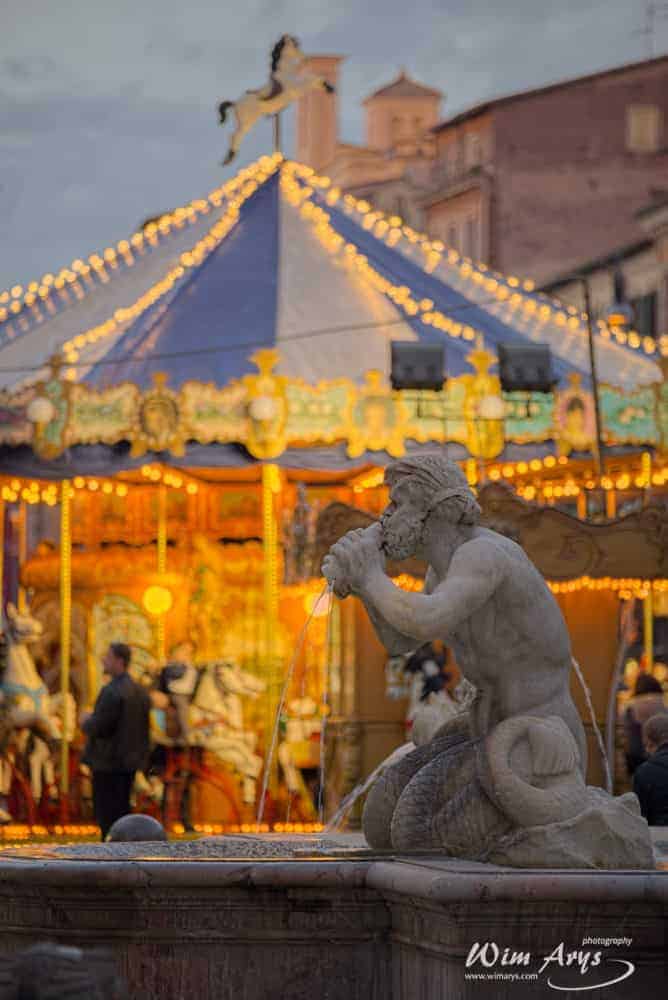
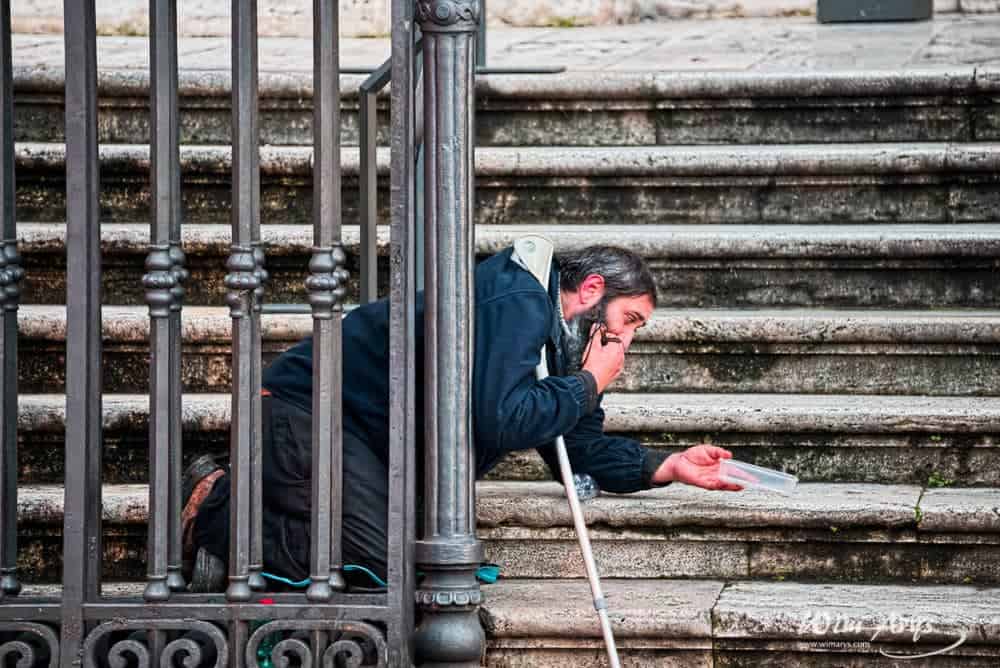
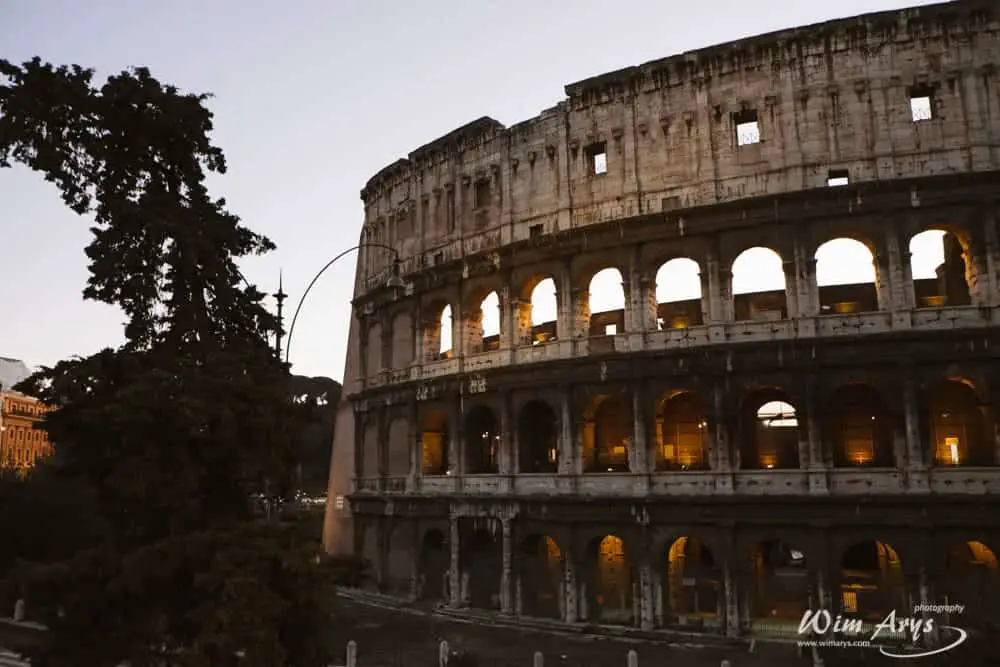
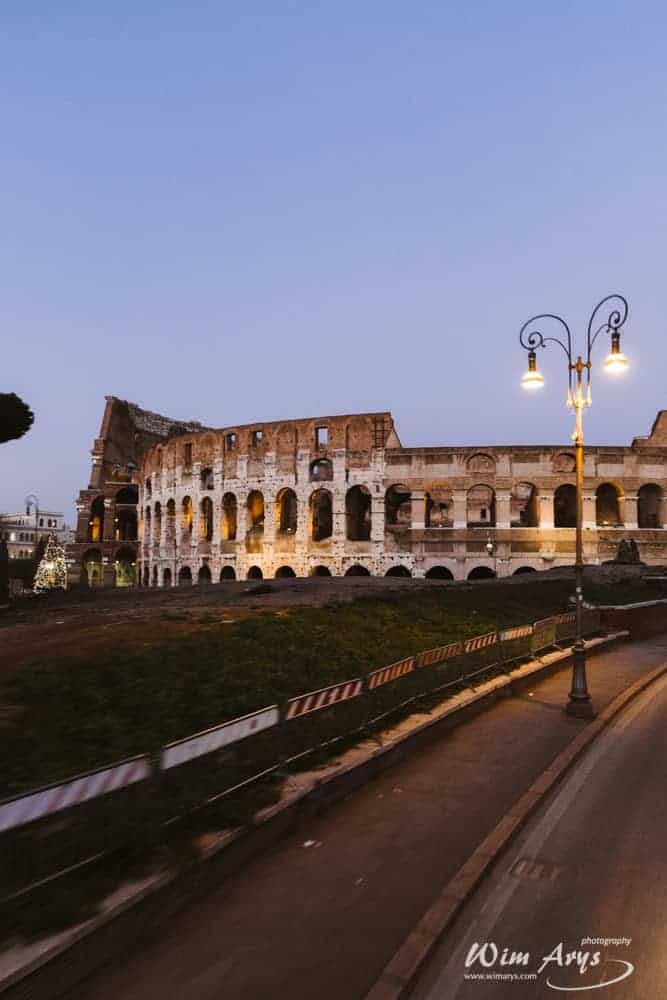
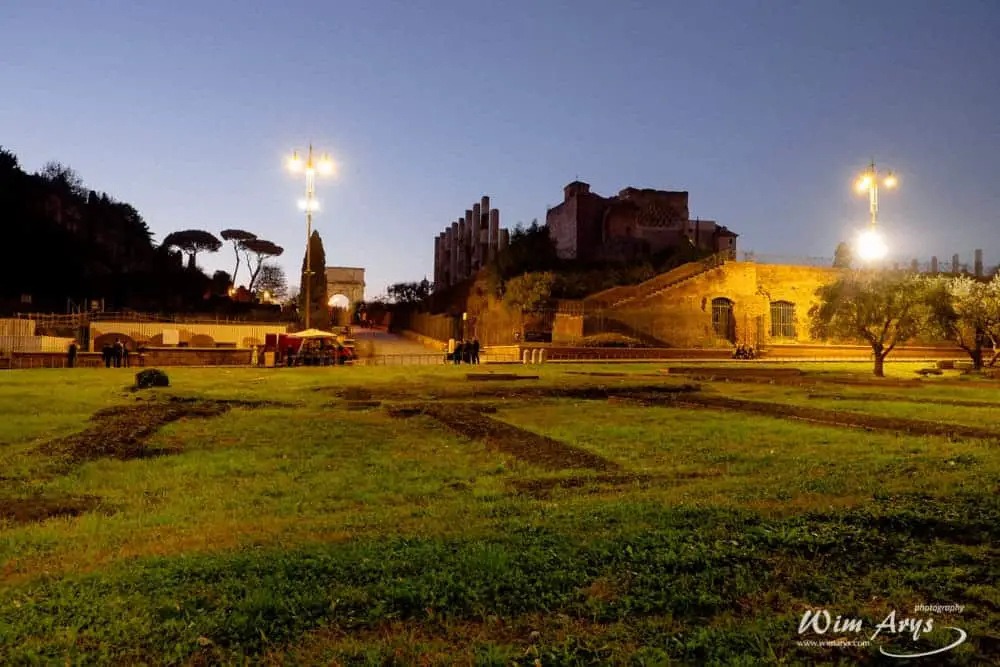
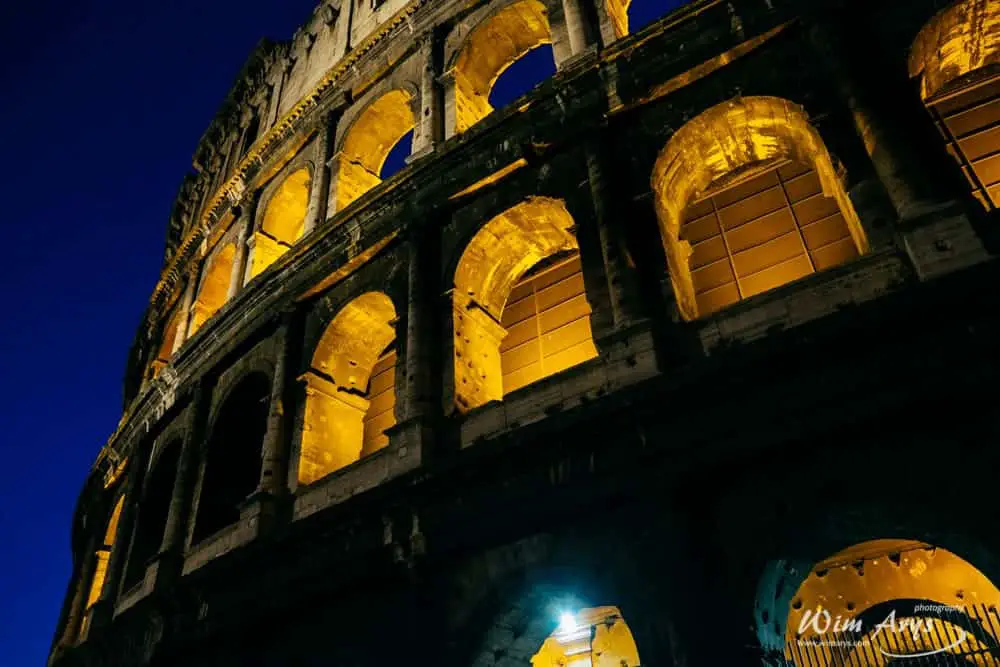
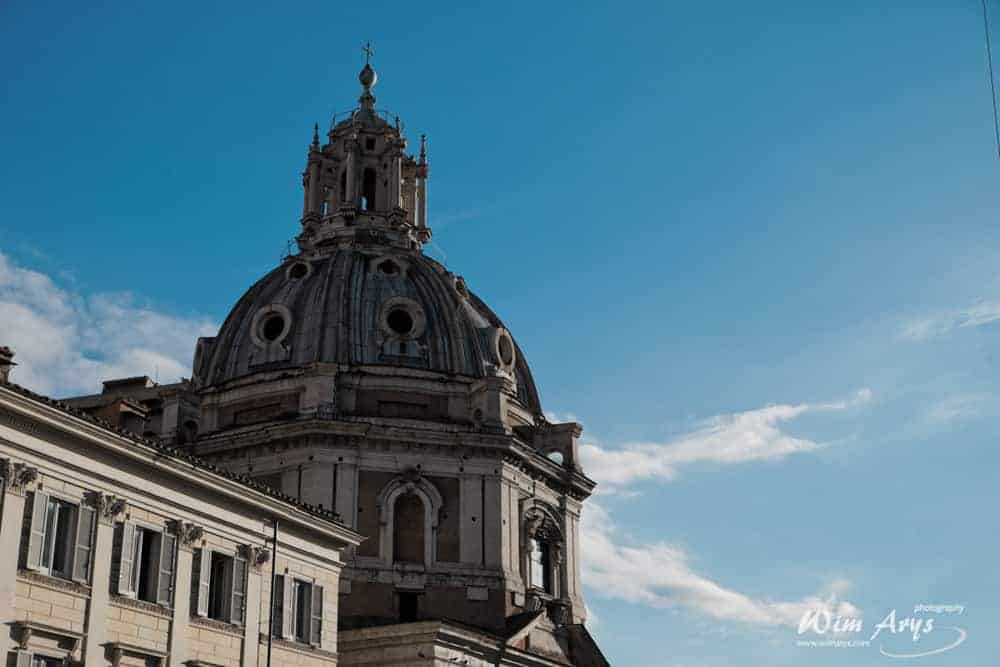
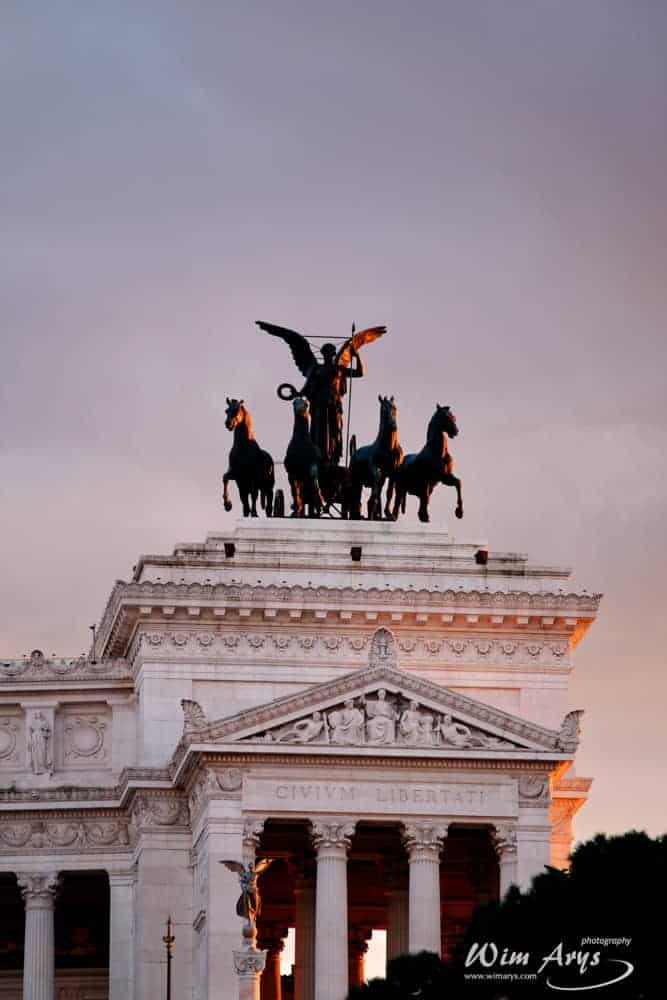
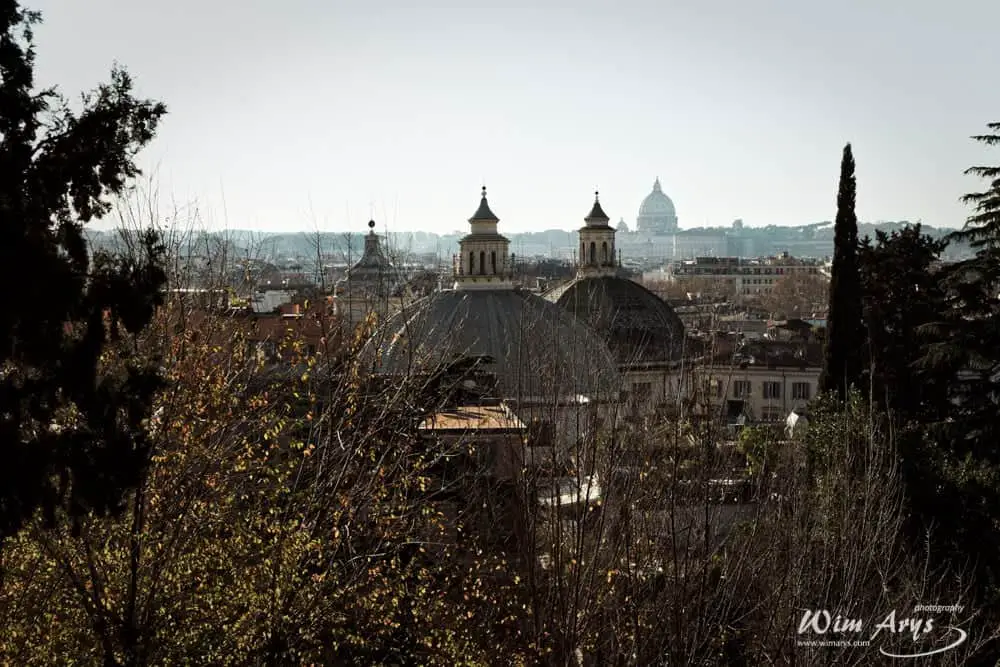
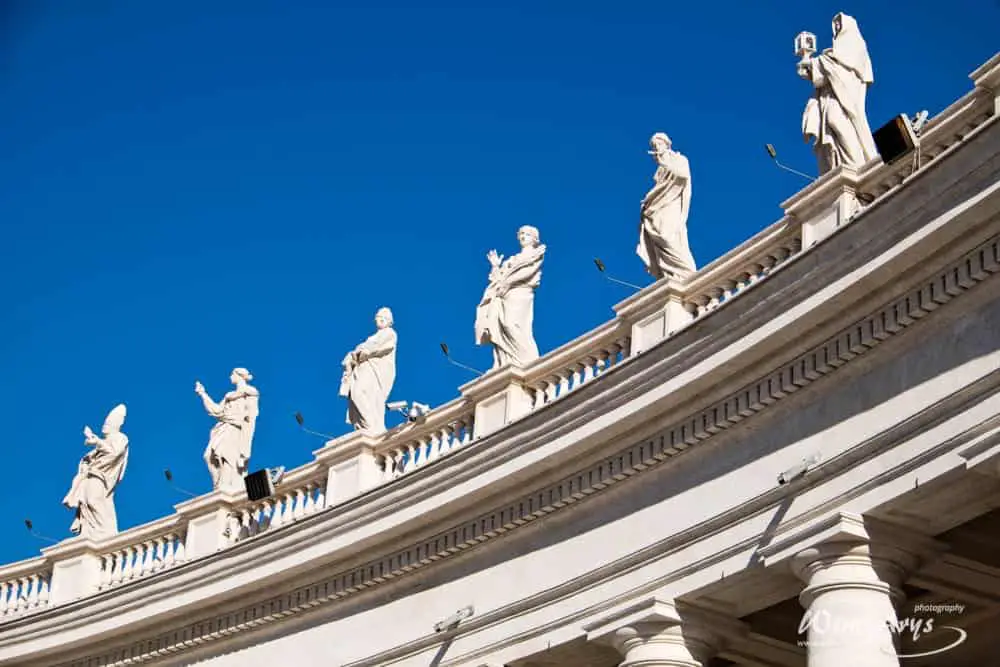
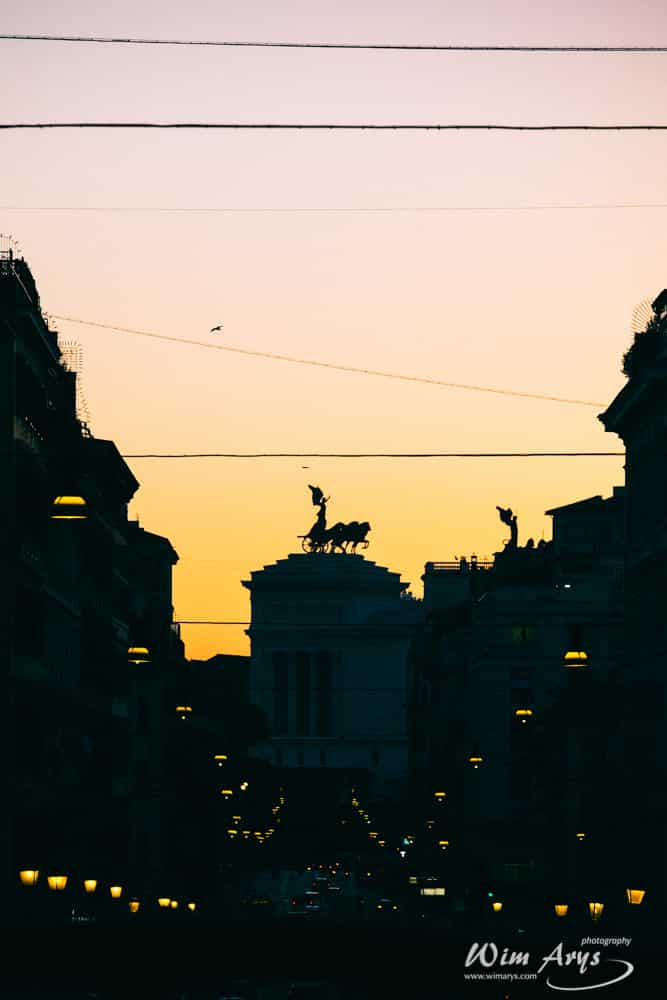
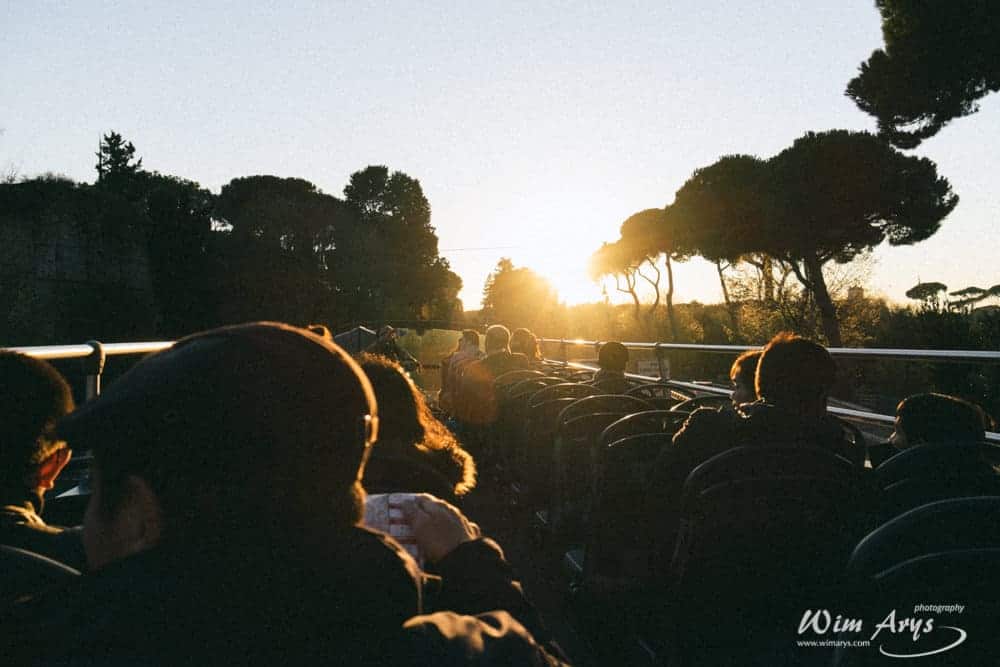
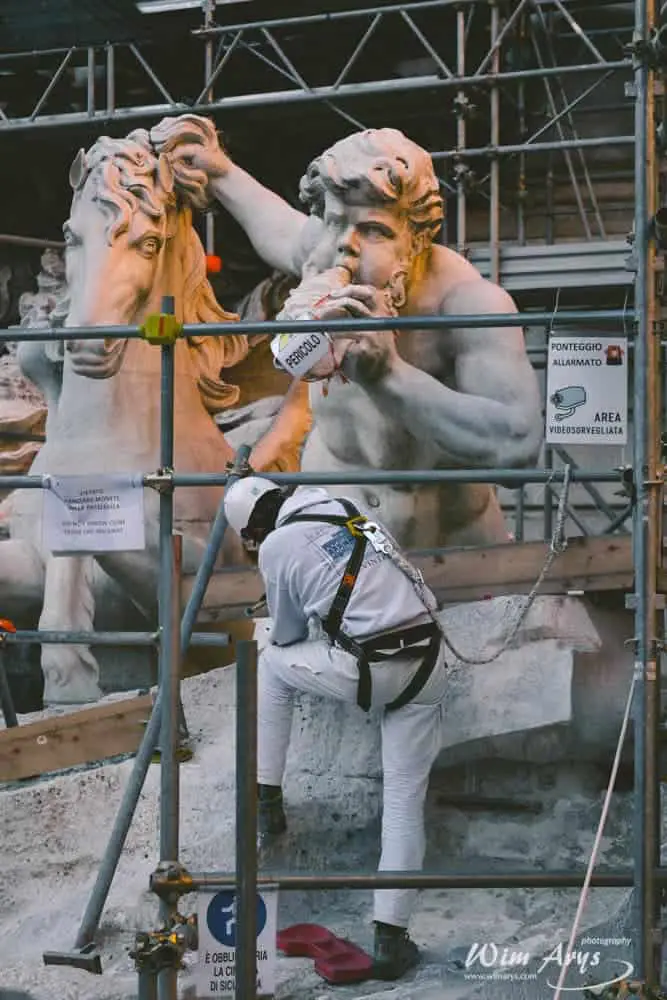
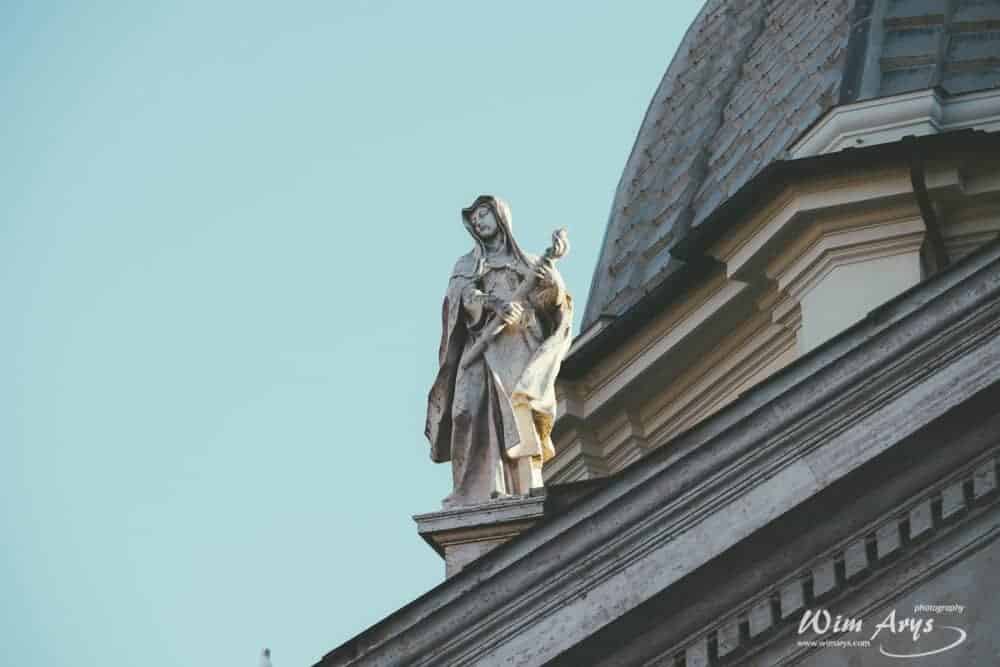
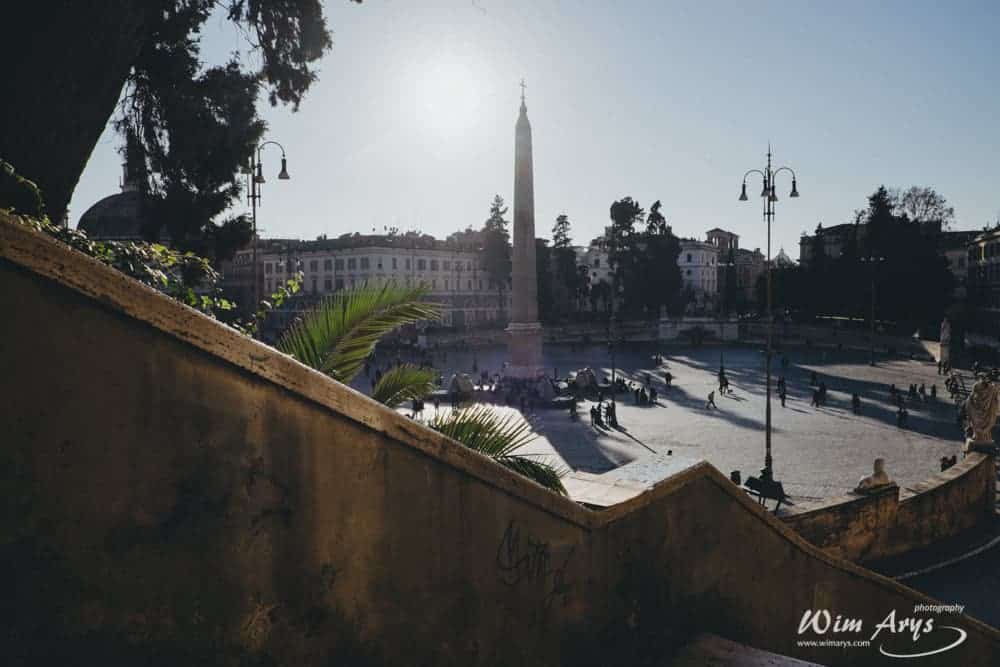
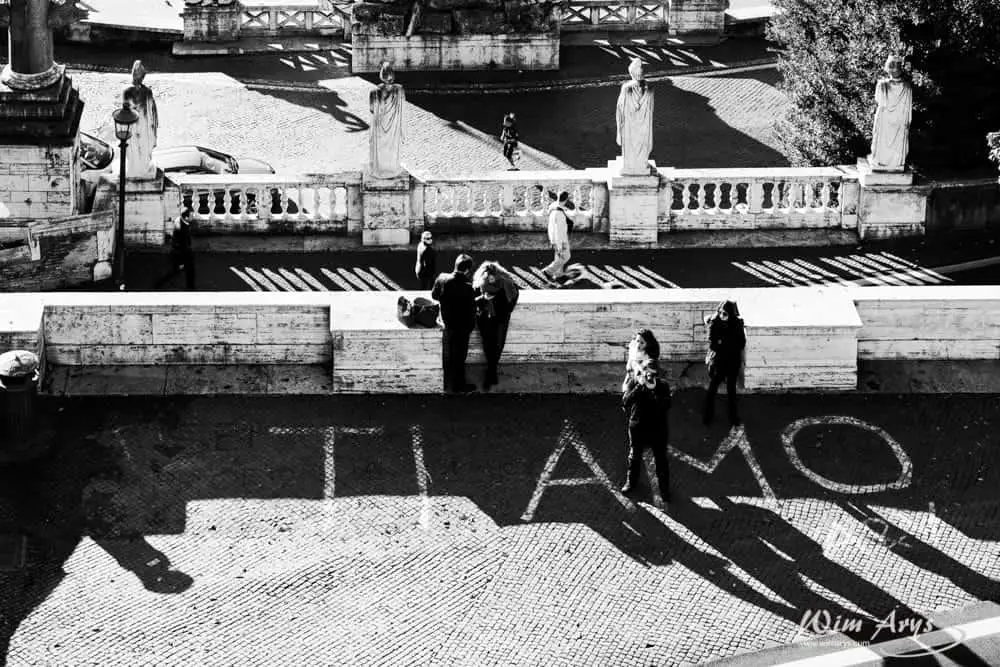
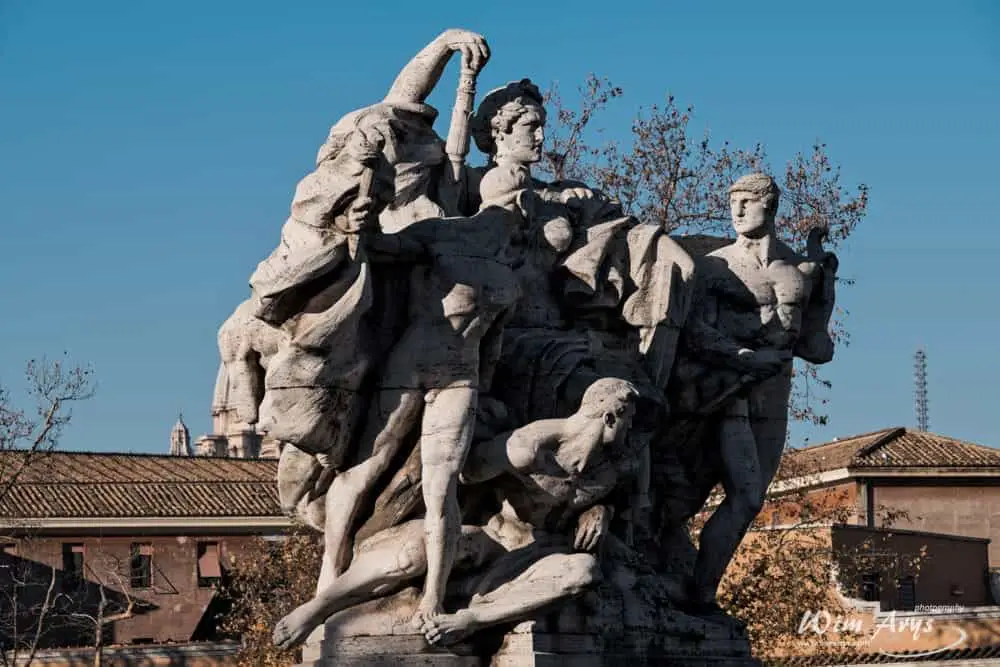

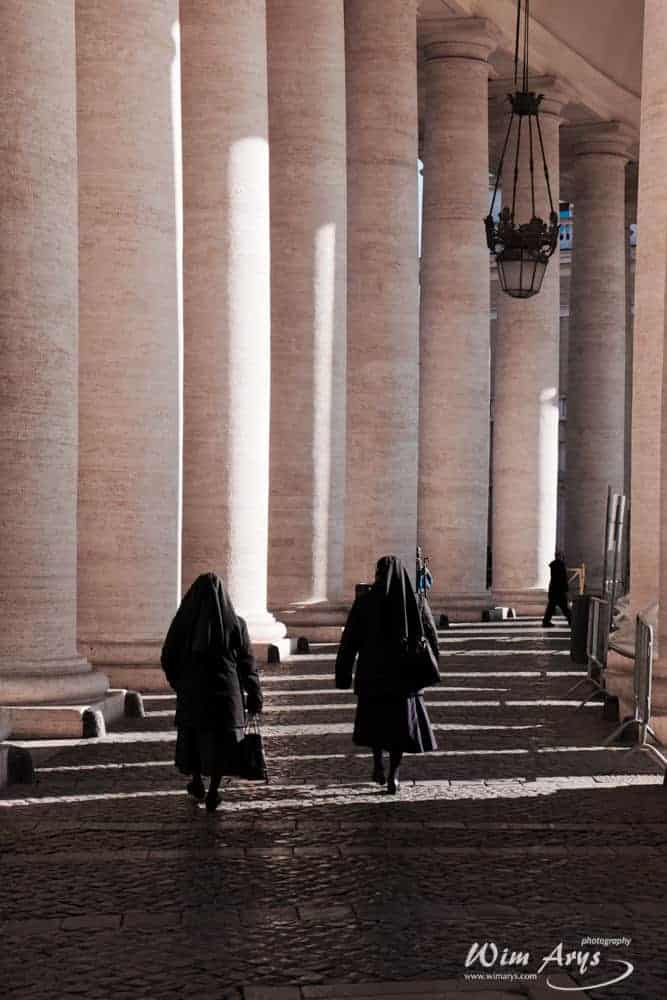
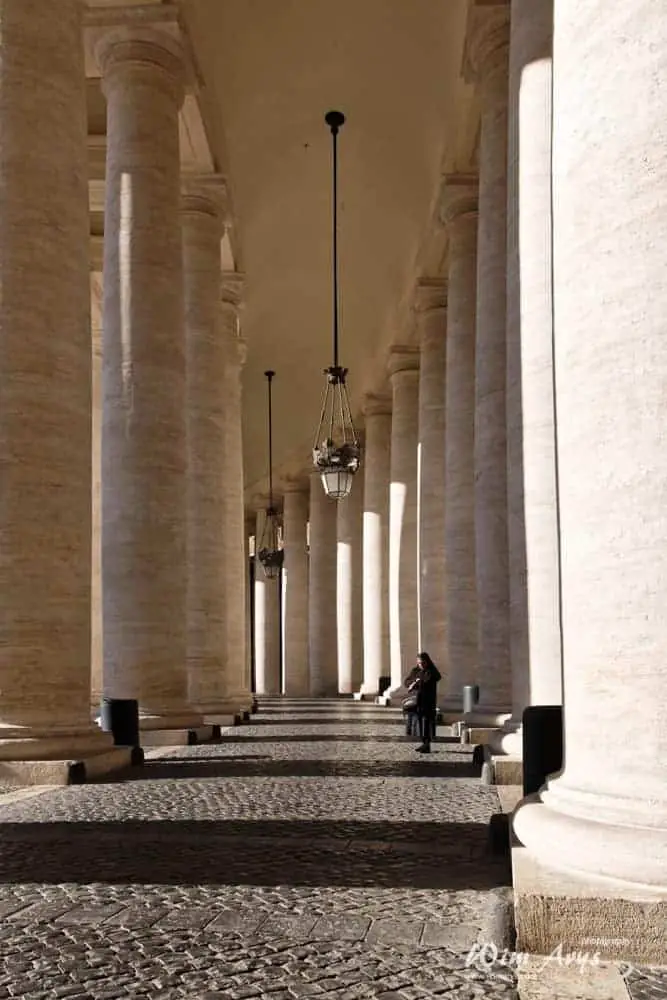
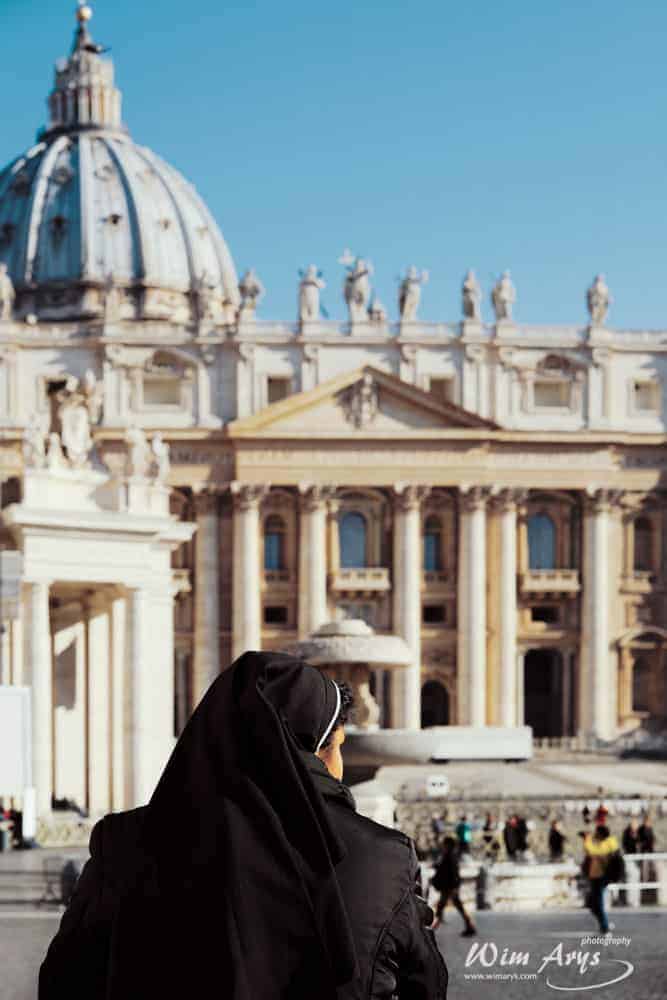
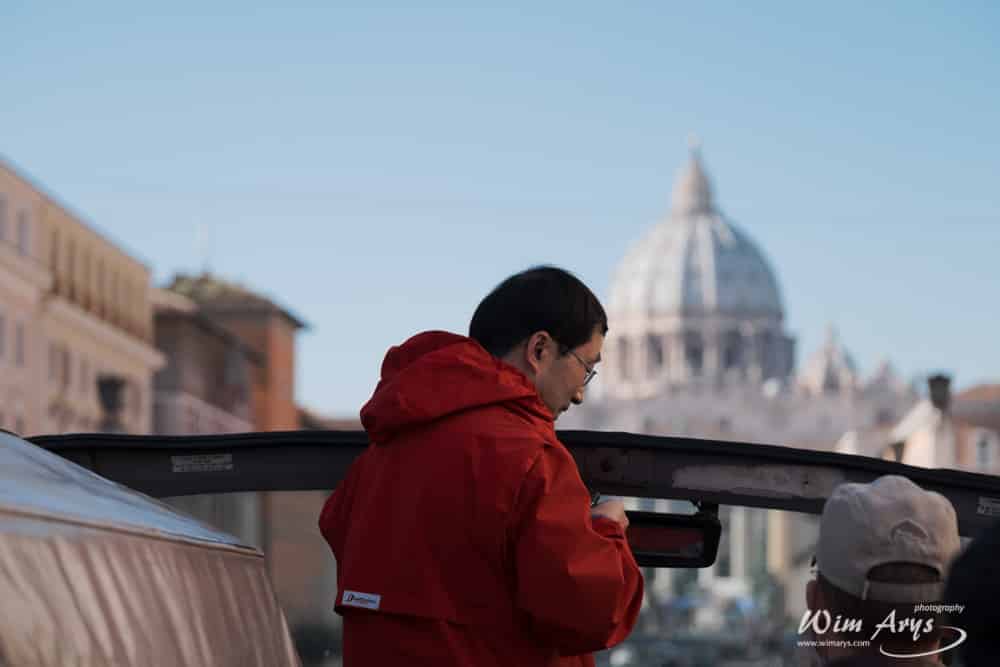
You said : “While everyone is obsessed with getting noise-free images at high ISO, I was shooting at low ISO’s with the Fuji XT1 and adding noise afterwards in post processing.”
I thought I was crazy in doing the same thing when everybody is thinks the opposite. I’m obsessed in emulating grains in photos from my X-T1 like what I get when using my OM-2n.